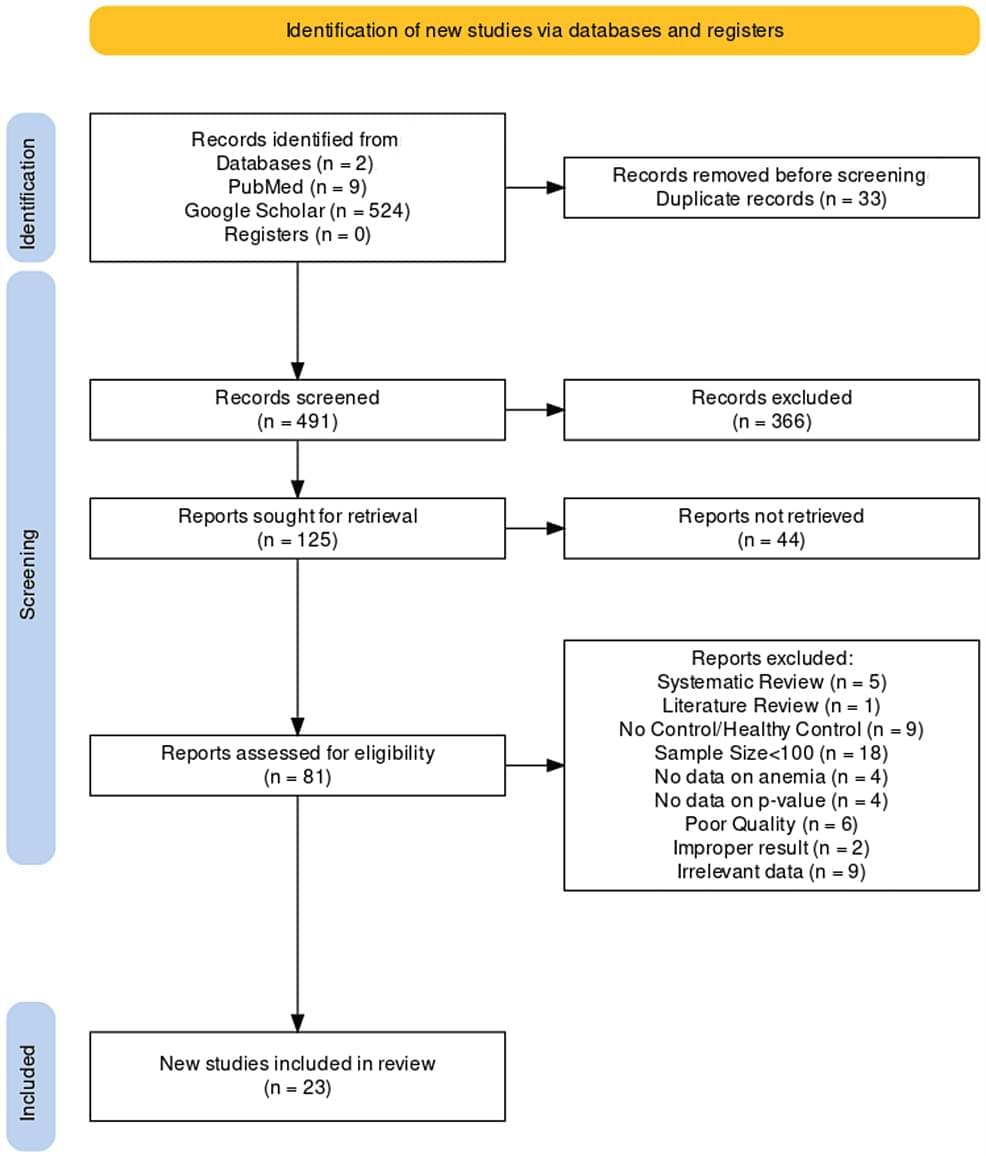Convulsions developed due to temperatures above 38°C (100.4°F) are termed as febrile seizures (FS). These seizures are not caused by any central nervous system infections (CNS) or any metabolic abnormalities. Essentially, it occurs in individuals without a prior history of afebrile seizures [1]. It is the most commonly observed seizure type in children under five years of age [1]. Roughly one-third of children who have one FS may experience a second. Among children with simple FS, 1% to 2% may develop epilepsy. In contrast, those with complex FS have a higher risk, with 6% to 8% later being diagnosed with epilepsy [2].
Iron deficiency and iron deficiency anemia (IDA) are pervasive on a global scale. Roughly 30% to 40% of people worldwide suffer from IDA, with the majority residing in developing nations [3]. IDA has stood as the primary contributor to the healthcare burden in India over the last 10 years [4]. Iron deficiency can adversely affect the developing brain in multiple ways. It can impair hippocampal neuron growth and disrupt the myelination process, which insulates nerve fibers for efficient signaling. This deficiency can also impact the metabolism of neurotransmitters such as monoamines and aldehyde oxidase, resulting in lower neurotransmitter levels and a potential decrease in the seizure threshold. Moreover, low serum ferritin levels in conjunction with fever can compound the adverse effects on the brain, potentially leading to seizures [5]. Notably, it’s worth mentioning that the peak ages for FS and IDA coincide [5]. While certain studies identified a link between FS and anemia resulting from iron deficiency [6–16], other research yielded divergent findings [17–20]. The primary objective of this study is to find the association between IDA and FS in children by doing a systematic review of the literature of the last 10 years. The secondary objective is to understand the significance of the iron profile in FS.
This study is a systematic review done in accordance with Preferred Reporting Items for Systematic Review and Meta-analyses (PRISMA) guidelines.
